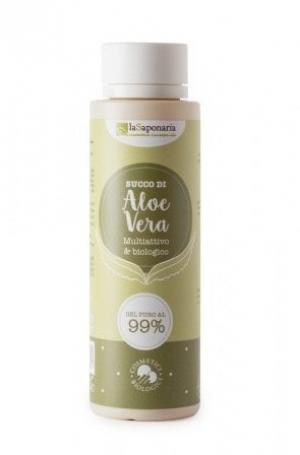Guar gum
Other names: Guar gum, Cyamopsis tetragonoloba gum, E412
Harm score: 1 (Natural substances)
Guar gum, also known as guar gum, Cyamopsis tetragonoloba gum or designated by the code E412, is a polysaccharide derived from the seeds of the Cyamopsis tetragonoloba plant. It is a species of aubergine-shaped plant native to India and Pakistan, but nowadays it is also successfully cultivated in other areas, thriving in Australia and the USA, for example. Guar gum is well known and widely used due to its specific properties, which are very valuable for many industries.
The natural nature and irreplaceable properties of guar gum have led to its widespread use in various industries. Guar gum is most commonly found in the food industry, where it is used as a stabiliser, emulsifier and thickener. Thus, it finds applications such as in ice creams, cheeses, salad dressings, soups in hair and skin-friendly shampoos and other cosmetic products. Compatible also uses the consistency and viscosity of guar gum in the textile industry and papermaking. It is also used extensively in the mining industry, where it is a component of mining solutions in fracking. It is able to reduce the coefficient of friction of the liquid, thus allowing the mining solution to penetrate more easily into the bedrock.
Guar gum can be found in the following products

Hair mask for hydration and shine (150 ml) - help for dry mane
Product detail
Hair mask for strengthening and restoration (150 ml)
Product detail
99-aloe vera body and hair gel BIO (150 ml)
Product detail